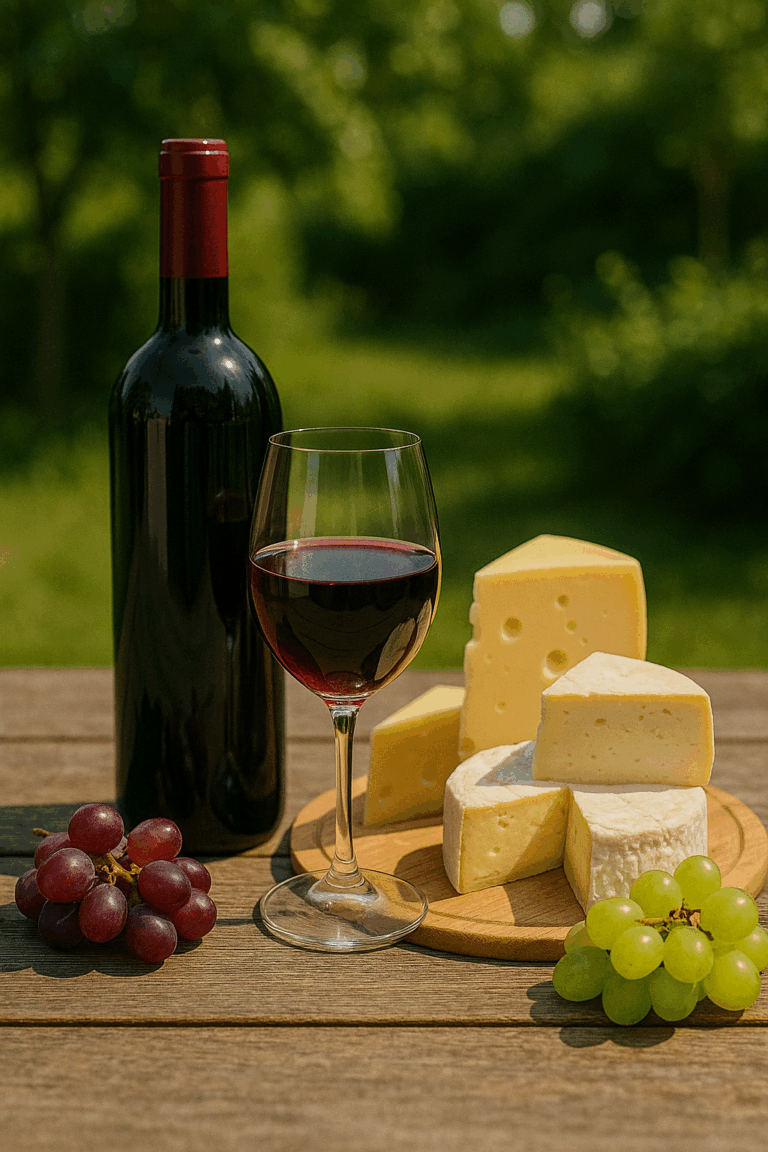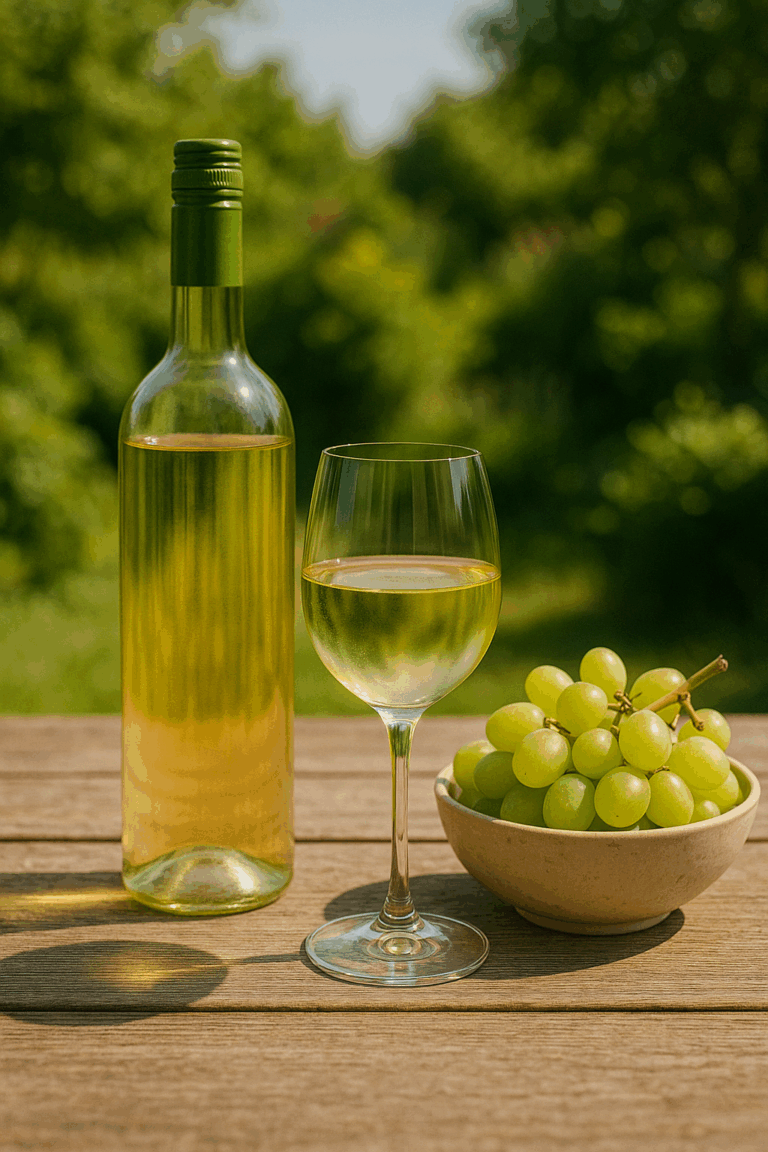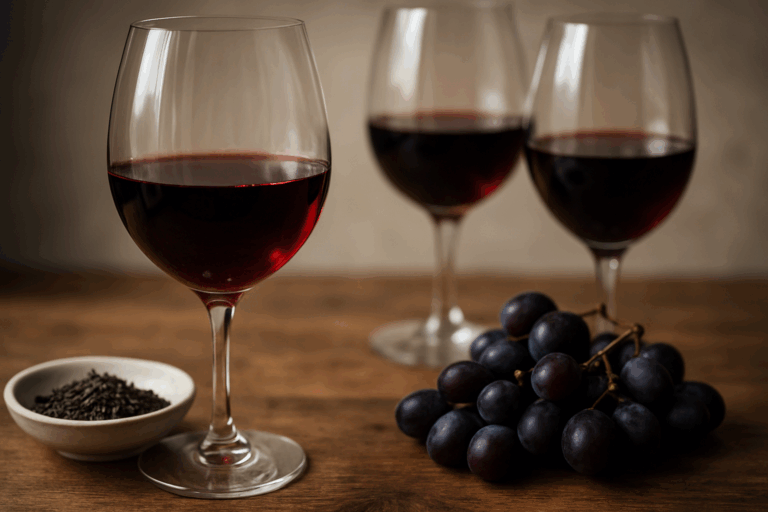Rosé Wine: Everything You Need to Know
Rosé wine has soared in popularity over the last decade, becoming the go-to drink of summer brunches, beach days, and elegant soirées. But behind its pink hue lies a rich history, varied production techniques, and a world of styles that can rival both red and white wines in complexity and sophistication.
This article covers everything you need to know about rosé from how it’s made to what food to pair it with—so you can sip with confidence.
What Is Rosé Wine?
Rosé is a style of wine, not a specific grape or region. It’s made from red wine grapes, but the juice spends only a short amount of time in contact with the grape skins—just enough to give it that signature pink color.
The result is a wine that combines the refreshing qualities of white wine with some of the flavor depth of red wine.
How Is Rosé Made?
There are three primary methods used to make rosé:
1. Maceration (Skin Contact Method)
This is the most common and traditional method. Red grapes are crushed, and the juice is allowed to sit with the skins for a short period (typically 2 to 48 hours). The longer the contact, the deeper the color and bolder the flavor.
2. Saignée (Bleeding Method)
Used primarily in red wine production, this method involves “bleeding off” some of the juice early in the winemaking process to concentrate the red wine. The removed juice is then fermented separately to create rosé.
3. Blending
This method is rare for still wines but more common in sparkling rosé (like Champagne). A small amount of red wine is blended into white wine to achieve a pink hue.
Note: Blending is often frowned upon in fine winemaking, especially for still wines.
Common Grapes Used in Rosé
Rosé can be made from almost any red grape, but here are the most popular:
- Grenache – Fruity and floral, with strawberry and watermelon notes.
- Syrah – Fuller-bodied, with spice and darker berry flavors.
- Pinot Noir – Light and elegant with soft berry notes.
- Sangiovese – Crisp with cherry and herb flavors.
- Tempranillo – Earthy and savory with plum undertones.
- Mourvèdre – Structured and complex with red fruit and spice.
Rosé Styles by Region
Provence, France
- The benchmark for dry rosé
- Pale pink, delicate, light-bodied
- Grapes: Grenache, Cinsault, Mourvèdre
Tavel, France
- Known for bolder, darker rosés
- Fuller-bodied, more tannic
- Often mistaken for light red wine
Spain (Rosado)
- Made from Tempranillo and Garnacha
- Typically dry with rich color
Italy (Rosato)
- Made from local varieties like Sangiovese and Montepulciano
- Can range from light and crisp to robust and complex
United States
- Rosés from California, Oregon, and Washington vary greatly in style
- Common grapes include Zinfandel, Pinot Noir, and Syrah
Dry vs Sweet Rosé
Not all rosé is dry. While many modern rosés are made dry or semi-dry, some styles—like White Zinfandel from California—are sweet and fruity. Always check the label or ask a wine merchant if you’re unsure.
Dry rosé:
- Provence rosé
- Spanish Rosado
- Italian Rosato
Sweet rosé:
- White Zinfandel
- Pink Moscato
- Some domestic blends
Flavor Profile of Rosé
Typical tasting notes include:
- Strawberry
- Watermelon
- Raspberry
- Citrus zest
- Rose petals
- Peach
- Herbs
Rosés are typically light- to medium-bodied, with refreshing acidity and low tannins.
Food Pairings for Rosé
Rosé is incredibly food-friendly. Its acidity and subtle tannins make it versatile across a wide range of cuisines.
| Food | Best Rosé Style |
|---|---|
| Grilled vegetables | Grenache-based rosé |
| Summer salads | Pinot Noir rosé |
| Fresh seafood | Provence-style rosé |
| Spicy Asian dishes | Slightly sweet rosé |
| Charcuterie and cheese | Medium-bodied rosé |
| Pizza and tomato dishes | Sangiovese-based rosé |
| BBQ and smoky meats | Syrah-based rosé |
When to Drink Rosé
Rosé is often associated with warm weather, but it can be enjoyed year-round. It works well:
- As an aperitif
- With light lunches and picnics
- At celebrations and brunches
- Paired with holiday meals for guests with varied tastes
Many rosés are meant to be consumed young within 1 to 2 years of bottling to enjoy their fresh, fruity character.
How to Serve Rosé
- Temperature: Chill to 45–55°F (7–13°C)
- Glassware: Use white wine glasses for best aroma concentration
- Storage: Store like other wines—away from light and heat
Misconceptions About Rosé
“Rosé is just a mix of red and white wine.”
Not true—at least not for most quality wines. Most rosé is made via skin contact or saignée methods.
“Rosé is only for summer.”
While ideal for warm months, rosé’s versatility means it works all year especially with holiday meals and appetizers.
“Rosé isn’t serious wine.”
Top rosés, especially from Provence or Tavel, are highly respected and can be just as structured and food-worthy as white or red wines.
Final Thoughts: Don’t Underestimate the Pink
Rosé may look playful and lighthearted, but behind its pink hue lies a world of serious winemaking and wide-ranging styles. Whether you prefer crisp and dry, fruity and floral, or sweet and luscious, there’s a rosé out there for you.
It’s more than just a summer trend it’s a year-round delight.






